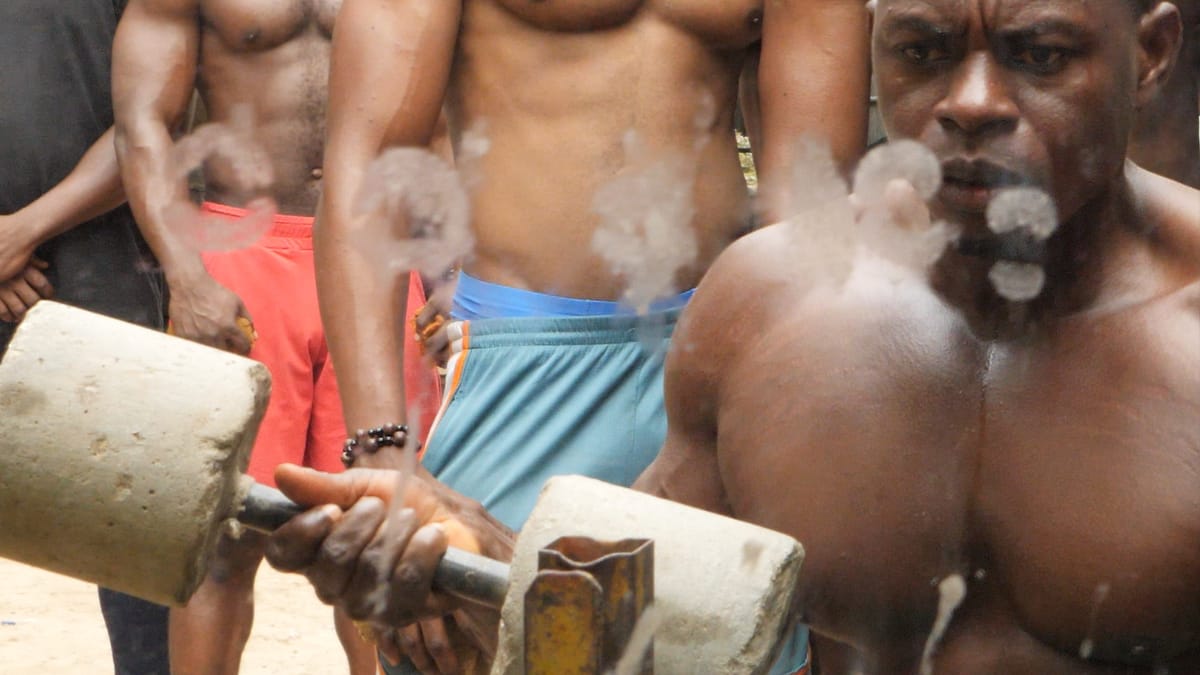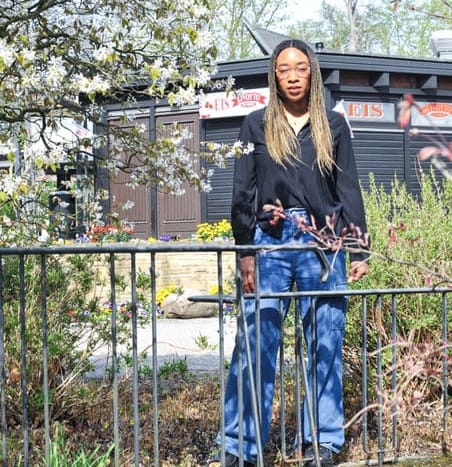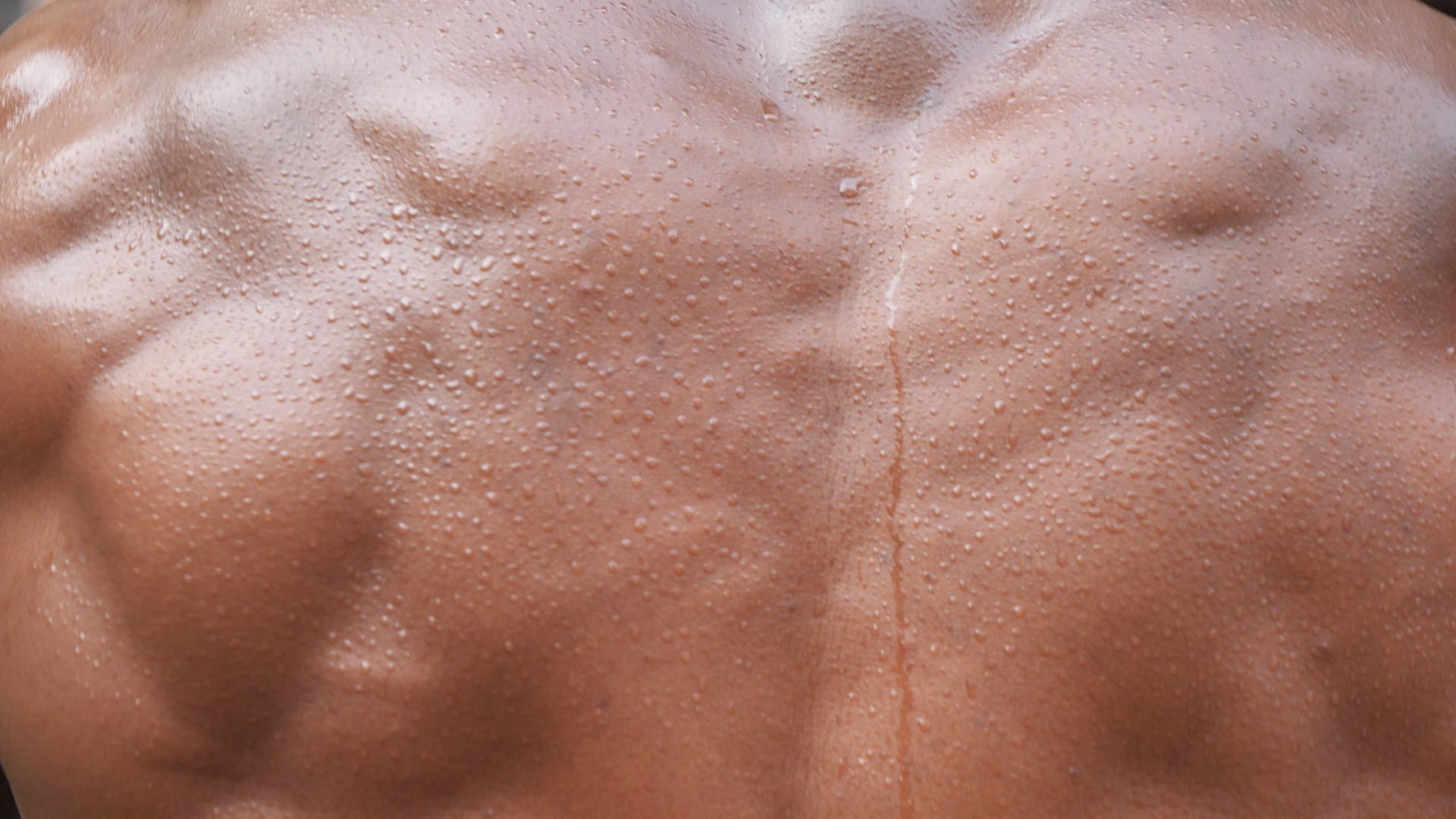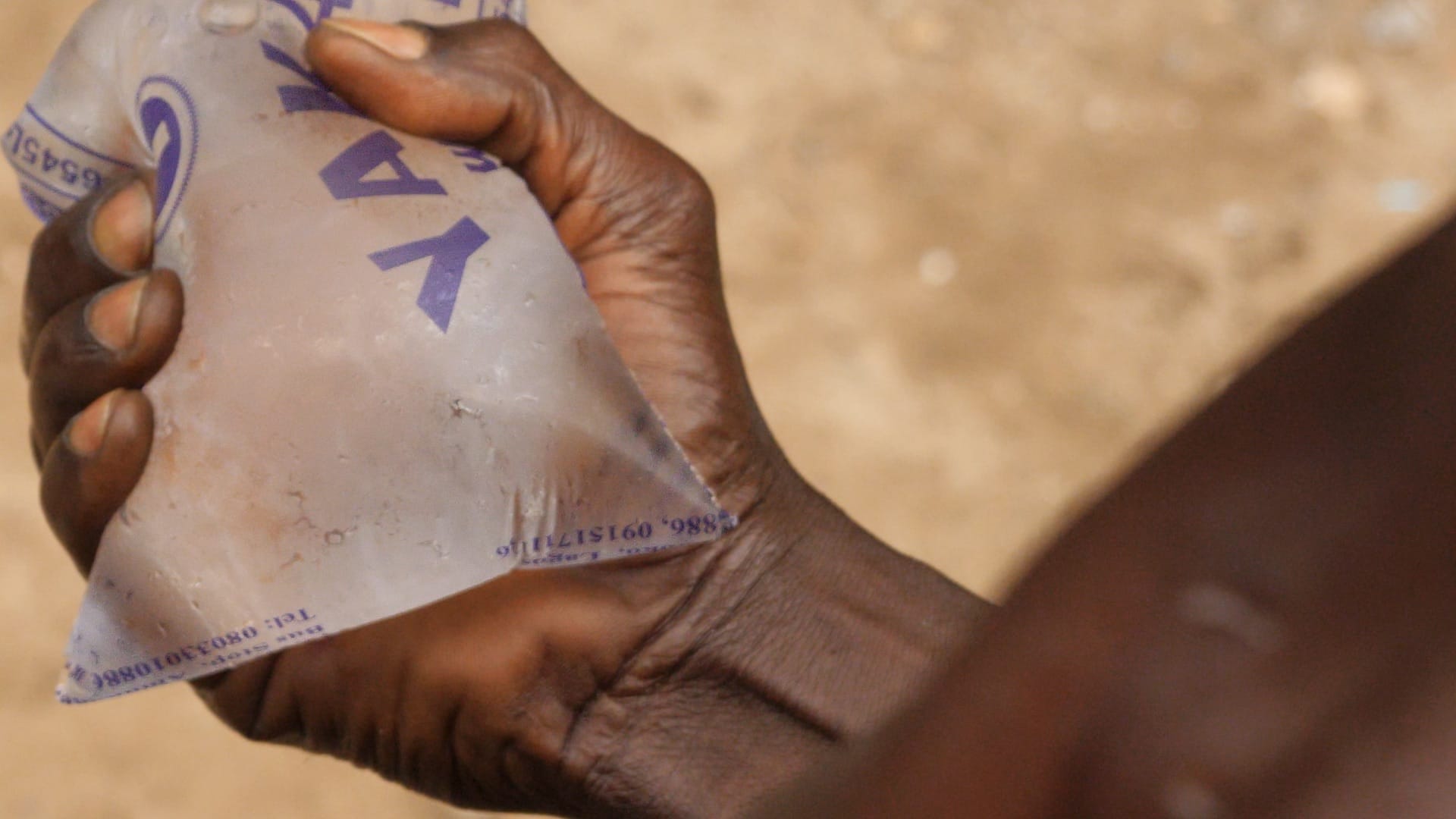
Karimah Ashadu is ascending. Last year she made her debut in the Venice Biennale in the main exhibition, and she was awarded the Silver Lion for her video Machine Boys. She was then invited for her first solo exhibition in the United States, at Canal Projects in New York City, which opened in May this year. While in New York she was part of the group show The Gatherers, curated by Ruba Katrib at MoMA PS1, and was also given a solo screening at e-flux, which presented her earlier video works.
Last year it was announced that Ashadu would receive her first institutional solo exhibition in the UK, set to open at Camden Art Centre in London on 10 October 2025 (through 22 March 2026). Titled “Tendered”, the show centers on the new work MUSCLE, commissioned by Camden Art Centre, Fondazione In Between Art Film and The Renaissance Society. Ashadu has worked with Fondazione In Between Art Film on several films, such as her award-winning piece Machine Boys. And most recently, Ashadu was shortlisted for the 2025 Jarman Award, which recognises outstanding work in the field of moving images by practitioners based in the UK.
Ashadu is a Nigerian artist who was born in London, raised in Lagos and returned to London to continue her studies, including at Chelsea College of Art and Design. After formative efforts in painting and performance she picked up a video camera and has been deeply engaged with moving image art ever since. As early as 2018, Ashadu had a solo screening at the Museum of Modern Art in New York, and they subsequently acquired her videos for their permanent collection. Shortly after that she relocated to Hamburg, opened up her production company Golddust by Ashadu, and picked up a few more awards in Germany.
This year Ashadu joined the roster at Sadie Coles HQ, which represents a formidable group of moving image artists including Arthur Jafa, Martine Syms and Lawrence Lek, among others. As the saying goes: after mink comes sable – and after silver comes gold. We spoke to Ashadu about her recent successes, her production methods and the feeling of returning to her home city for her first solo exhibition.
Thank you so much for your time, Karimah. Your most recent project, Machine Boys, was commissioned and produced by Fondazione In Between Art Film. We are curious about how you function when working on a commission versus working on projects independently. What are the unique opportunities and challenges that come with a commission?
A commission introduces a third dimension into the process: the dialogue between my vision, the commissioner’s context, and the audience. It can be a productive contribution, prompting me to interrogate my instincts while considering the context of the commission. The challenge lies in preserving the integrity of the work. The kind of commissions that I’ve had thus far have nurtured my creative liberty, rather than intruding on the way I work. That’s very important for me – if there is too much external input, it puts a strain on my process.
Independent projects are entirely led by my curiosity; they evolve more organically without pressure. Commissions can offer unique advantages: resources, visibility, and relationship building. But in either case, my aim is to make work that is truthful, resonant, and impactful.

A few years ago you launched the production company Golddust by Ashadu. The aim of this company is to bring forward-thinking and intriguing narratives driven by African and Black culture to global audiences. How do you see your role as a producer, and what skills do you need to activate in that role that are different from your skills as an artist?
Producing is an act of orchestration; holding the vision for a project while shaping the conditions that allow it to happen. It demands pragmatism, diplomacy, and foresight; building the right team, securing resources, and ensuring the work reaches its audience without dilution. I’ve been producing my own work for as long as I can remember. I started to think more about legacy and what I’m leaving behind beyond my practice. Though I initially established Golddust in Germany, I recently dissolved it and reopened it in Lagos. I feel it’ll be more helpful for it to be based in Nigeria, supporting young Nigerian artists working with the moving image. I also feel like it’s about enabling our stories to get out into the world while preserving artistic integrity and ownership.
As a producer, I think structurally – creating the scaffolding that lets the work stand. As an artist, I make work for myself – working innately and with profound connection to my inner world. Both roles require deep care: one shapes the work itself, the other shapes the conditions that allow it to exist.

You won the Venice Silver Lion for Machine Boys in 2024. Now you have had some time to process this. Was it the gift and the curse, or something in between?
Winning the Silver Lion was above all an affirmation. It created new opportunities, broadened the audience and visibility for my work, and reminded me of the responsibility I hold to myself, my subjects and their stories. With recognition comes a level of expectation, but I focus on staying true to myself – making work that excites me, rather than its perception or validation.
I’ve always valued my distinct way of seeing, and having that reflected back is deeply rewarding. It reinforces my commitment to pursuing my own path of uniqueness and non-linearity. In that sense, it’s a gift that keeps offering something new.

Your upcoming show at Camden Art Centre will be your first solo exhibition in London, the city where you were born and raised, and where you were educated as an artist. What does it mean to you to come home with this show, and after your triumph in Venice?
Returning to London for this exhibition feels significant. It’s the city where I was born, where my intellect was shaped in a fundamental way and where I recognised myself as an artist. Coupled with the fact that I grew up not too far away from Camden Art Centre, which was for me a local institution, this exhibition feels a bit like a homecoming, a full circle moment.
Showing at Camden Art Centre after Venice is a chance to bring the work where my journey began, now with greater conviction, clarity, and the perspective that time brings.
